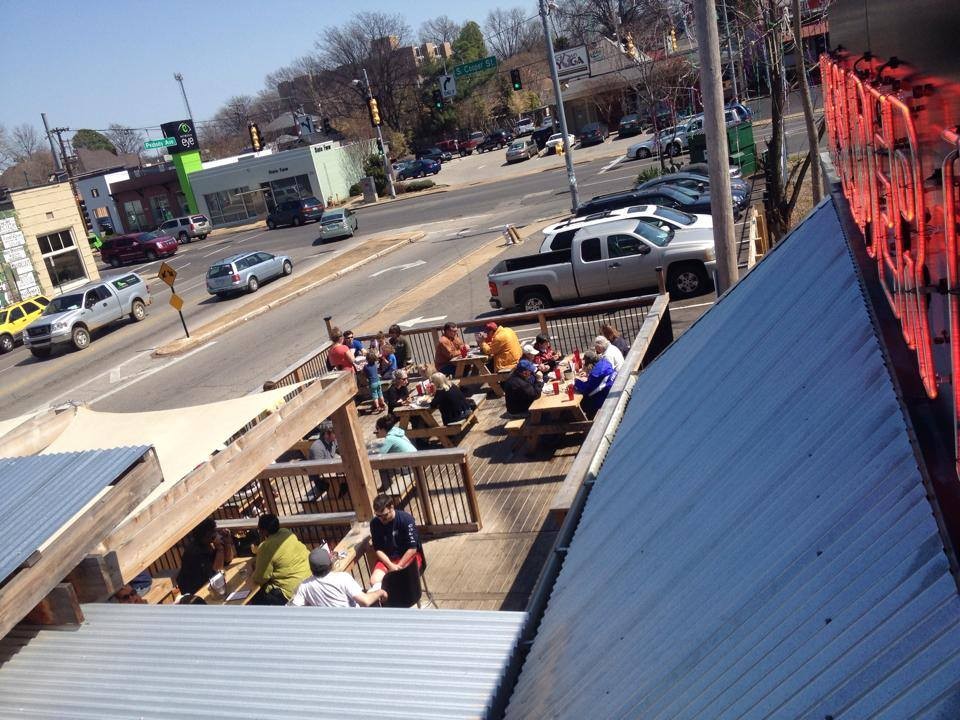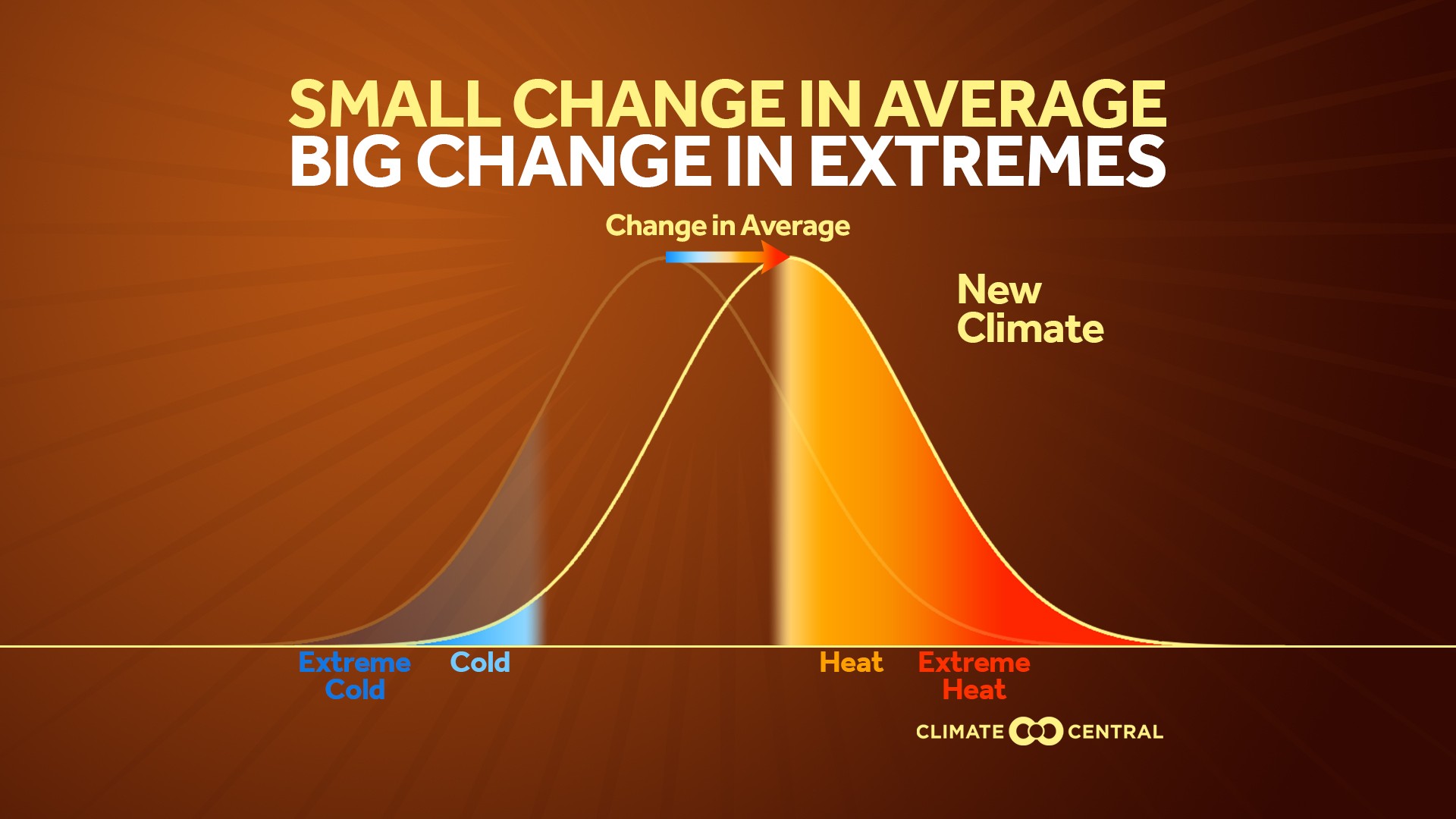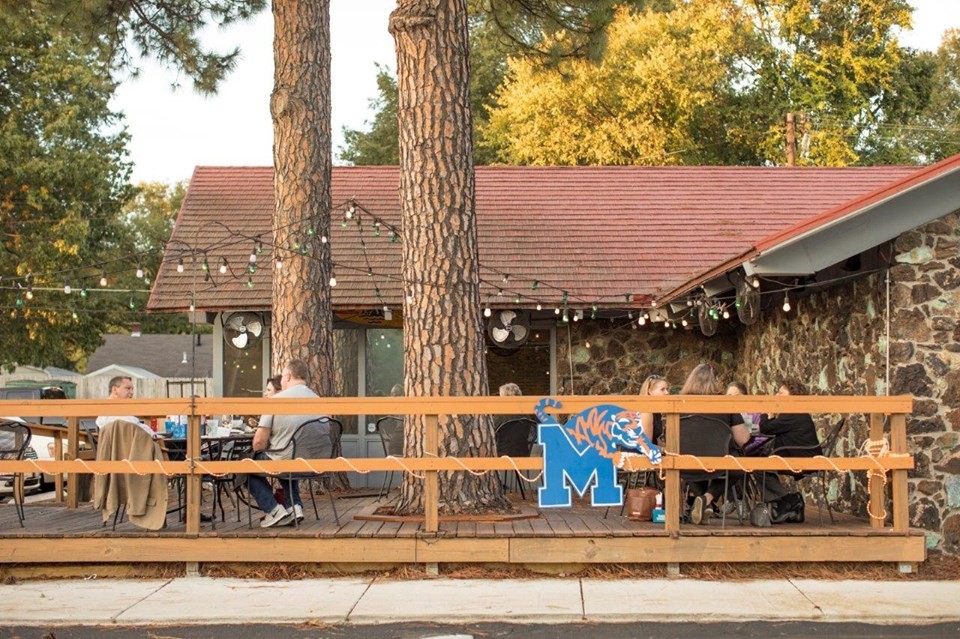 Memphis National Weather Service
Memphis National Weather Service
Everyday Climate Change is an occasional series from the Memphis Flyer about the ways climate change is already affecting our everyday lives.
Memphis is about to get walloped by a cold front and winds that will drop temperatures well past freezing and may even bring some snow, according to the Memphis branch of the National Weather Service (MNWS).
“A record-breaking cold snap is on the way!” reads a tweet from MNWS Monday morning. “Temperature records will be under siege tonight through Wednesday morning across the Mid-South. On top of that, wind chills will be brutal Tuesday morning…as low as 2 degrees along the (Kentucky/Missouri) border!”
[pullquote-1] How long will it be before somebody pumping gas next to you turns and says, “Hey, where’s that global warming they’ve been talking about?” This could be an annual game, an annoying annual game to be sure.
For everyday responses to this now-perennial question, here are thoughts from four different sources.
Environmental Protection Agency: Climate Versus Weather
“It may be helpful to think about the difference between weather and climate with an analogy: weather influences what clothes you wear on a given day, while the climate where you live influences the entire wardrobe you buy.”
11 AM CST – An arctic cold is slowly moving through the Mid-South. Precipitation thus far is rain as temperatures are currently in 40s and 50s. Transition to wintry precipitation may begin towards sunset over NE AR and MO Bootheel#mowx #arwx #tnwx #mswx pic.twitter.com/bSvjg1YUUc
— NWS Memphis (@NWSMemphis) November 11, 2019
Everyday Climate Change: Four Thoughts on Climate and Cold Weather
Union of Concerned Scientists: It’s the Tilt
“The seasons we experience are a result of Earth’s tilted axis as it revolves around the sun. During the North American winter, our hemisphere is tilted away from the sun, leading sunlight to hit us at an angle that makes temperatures lower.
While climate change does not affect Earth’s tilt, it does have potential implications for many of the other factors that influence winter weather in the U.S., including Arctic sea ice, the polar jet stream, the polar vortex, and El Niño.”
National Oceanic and Atmospheric Adminstration: It’s the Facts
 National Oceanic and Atmospheric Administraton
National Oceanic and Atmospheric Administraton
Average January temperatures across the contiguous United States (1981-2010). Much of the northern tier of the country has temperatures well below freezing in January.
“There are plenty of places where winter temperatures would have to rise by 10 degrees, 20 degrees, even 30 degrees Fahrenheit before it would stop snowing. Until then, snowstorms remain quite possible, and natural climate patterns and random variability will still lead to winters that are unusually cold and snowy in different locations.
One way to demonstrate that record snowstorms aren’t incompatible with a warmer climate is to look back at the historical record snowstorms and the seasonal conditions that spawned them. An analysis of such storms between 1961-2010 showed that while most extreme snow storms did occur in seasons that were colder and wetter than average, about 35 percent of snow seasons that produced extreme snow events were warmer than average, and 30 percent were drier than average.”
Environmental Defense Fund: Climate Change and more Snow?
“It may seem counterintuitive, but more snowfall during winter storms is an expected outcome of climate change. That’s because a warmer planet is evaporating more water into the atmosphere. That added moisture means more precipitation in the form of heavy snowfall or downpours.
During warmer months, this can cause record-breaking floods. But during the winter – when our part of the world is tipped away from the sun – temperatures drop, and instead of downpours we can get massive winter storms.”
Winter storms don't prove that global warming isn't happening. https://t.co/LDqfq4JH9n pic.twitter.com/ndmLD637Cb
— NOAA Climate.gov (@NOAAClimate) January 29, 2019
Everyday Climate Change: Four Thoughts on Climate and Cold Weather (2)
 Slider Inn/Facebook
Slider Inn/Facebook  Climate Central
Climate Central  Patrick’s Neighborhood Restaurant & Bar/Facebook
Patrick’s Neighborhood Restaurant & Bar/Facebook  Slider Inn/Facebook
Slider Inn/Facebook